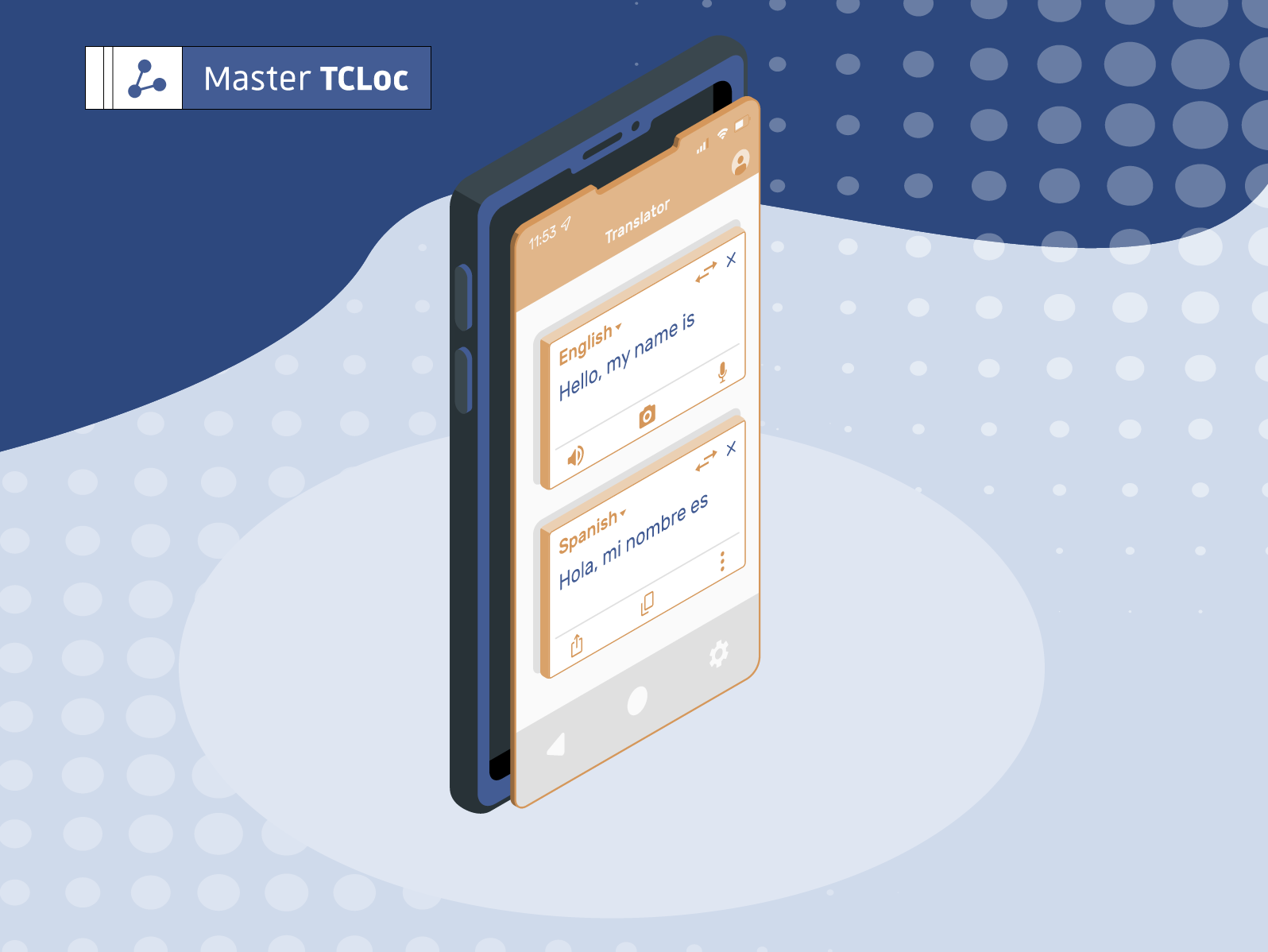In the realm of digital content, the marriage of localization and user experience (UX) holds immense significance. As we navigate through a globalized digital landscape, ensuring that content resonates with diverse audiences is paramount. This article delves into the symbiotic relationship between localization and UX, exploring how the fusion of these disciplines fosters engaging and user-centric experiences.
What Is a UX-Focused Localization?
At its core, localization transcends the mere act of translation. It encompasses an approach to adapting content, design, and functionality to suit the preferences and cultural nuances of different locales. By intertwining localization with UX principles, organizations can create immersive digital experiences. These transcend language barriers and resonate with users on a deeper level than with a simple translation.
Localization: A Cultural Adaptation in Translation
Cultural adaptation lies at the heart of effective localization, transcending linguistic accuracy to encompass a profound understanding of cultural nuances and sensitivities. It’s not merely about translating words; it’s about ensuring that every aspect of the user experience resonates with the target audience on a cultural level. Consider the significance of color symbolism: What may evoke positive emotions in one culture could carry entirely different connotations in another. Similarly, iconography plays a crucial role in communication, but its interpretation varies across different cultural contexts. By meticulously aligning visual elements with cultural norms and preferences, organizations can evoke the desired emotional response from users, fostering a sense of familiarity and connection that transcends language barriers. This level of cultural sensitivity is paramount in creating inclusive and engaging digital experiences that resonate with diverse audiences worldwide. To explore this concept further, we recommend reading this article on cultural nuances and languages.
Exploring Trends at the Intersection of Localization and UX
Multimodal Experiences:
In today’s digital world, user interaction isn’t confined to just text-based interfaces. It extends to voice assistants like Siri and Alexa, as well as immersive augmented reality (AR) experiences. Localization must adapt to cater to these various modes of interaction, ensuring that users from different cultural backgrounds can engage seamlessly. For instance, when localizing a voice interface, it’s not just about translating words. Nuances in pronunciation and cultural references must also be considered for a natural user experience. Similarly, in AR, digital content must overlay onto real-world environments in a way that resonates locally. Embracing multimodal experiences enhances user engagement and accessibility, meeting the diverse preferences of a global audience. We’ve covered the subject of localization in games before, which highlights the importance of opening up new horizons when it comes to translations.
Personalization at Scale:
Data-driven personalization is key to effective user experience design. By using data analytics and user insights, organizations can deliver tailored experiences based on individual preferences and demographics. Localization facilitates this by ensuring that content and offerings align with local preferences and cultural norms. Personalized experiences foster stronger connections with users, leading to increased brand loyalty and advocacy. As localization evolves, integrating personalized experiences at scale presents a significant opportunity for organizations to stand out in a competitive market.
In the digital age, localization emerges not only as a means of linguistic adaptation but as a catalyst for immersive and inclusive user experiences. By intertwining localization with UX principles, organizations can transcend geographical boundaries, forging meaningful connections with users across cultures and languages.
Ready to Explore the Dynamic Intersection of Localization and UX Further?
Dive into the TCLoc blog for insightful articles on industry trends and best practices. Elevate your skills and embark on a journey of discovery with the TCLoc Master’s program, where you’ll gain the expertise to shape the future of digital experiences in a globalized world.



